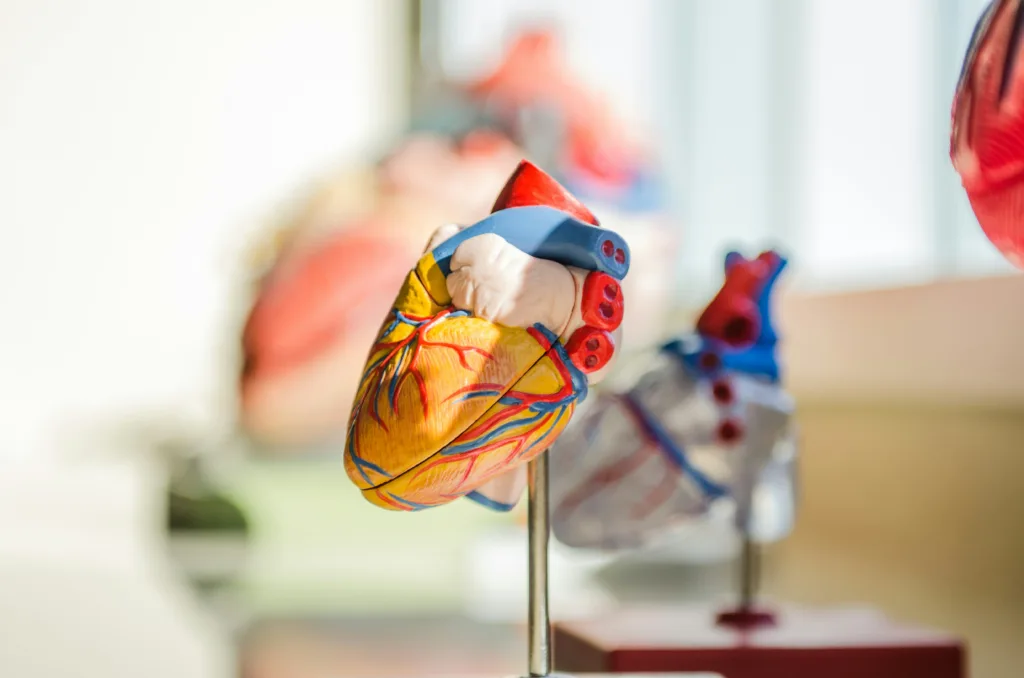The Heart: An Essential Organ for Human Survival
The heart is often referred to as the “engine” or “pump” of the body, and for good reason. This remarkable organ, about the size of a fist, plays a vital role in sustaining life by pumping blood throughout the body, delivering oxygen and nutrients to cells and removing waste products. Let’s delve into the anatomy, function, and importance of this incredible organ.
Photo from: unsplash

Anatomy of the Heart
The heart is located in the chest cavity, slightly to the left of the center. It is divided into four chambers: two atria at the top and two ventricles at the bottom. The atria receive blood from the body and lungs, while the ventricles pump blood out of the heart to the rest of the body. The heart is composed mainly of cardiac muscle, which is specially designed to contract rhythmically and efficiently to pump blood.
Photo from: unsplash

Function of the Heart
The heart’s primary function is to pump blood throughout the body. Deoxygenated blood from the body enters the right atrium and is pumped into the right ventricle. From there, it is sent to the lungs to pick up oxygen and release carbon dioxide. Oxygenated blood then returns to the left atrium, passes into the left ventricle, and is pumped out to the rest of the body through the aorta.
Photo from: unsplash

Importance of the Heart
The heart is crucial for maintaining life. Without its continuous pumping action, oxygen and nutrients would not reach vital organs, leading to cell death and organ failure. Cardiovascular diseases, such as heart attacks and strokes, can occur when the heart is unable to function properly, highlighting the importance of maintaining heart health through diet, exercise, and regular check-ups.
Photo from: unsplash

Conclusion
In conclusion, the heart is a remarkable organ that plays a vital role in sustaining life. Its rhythmic pumping action ensures that oxygen and nutrients are delivered to cells throughout the body, highlighting its importance for overall health and well-being. Understanding the anatomy and function of the heart can help us appreciate its complexity and the need to care for it properly.





